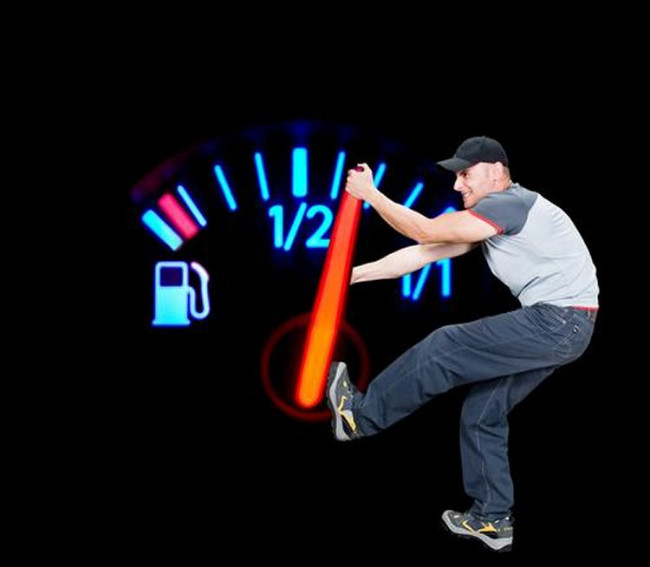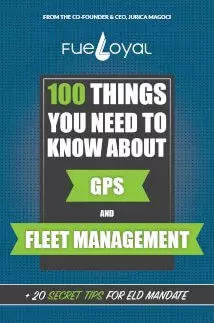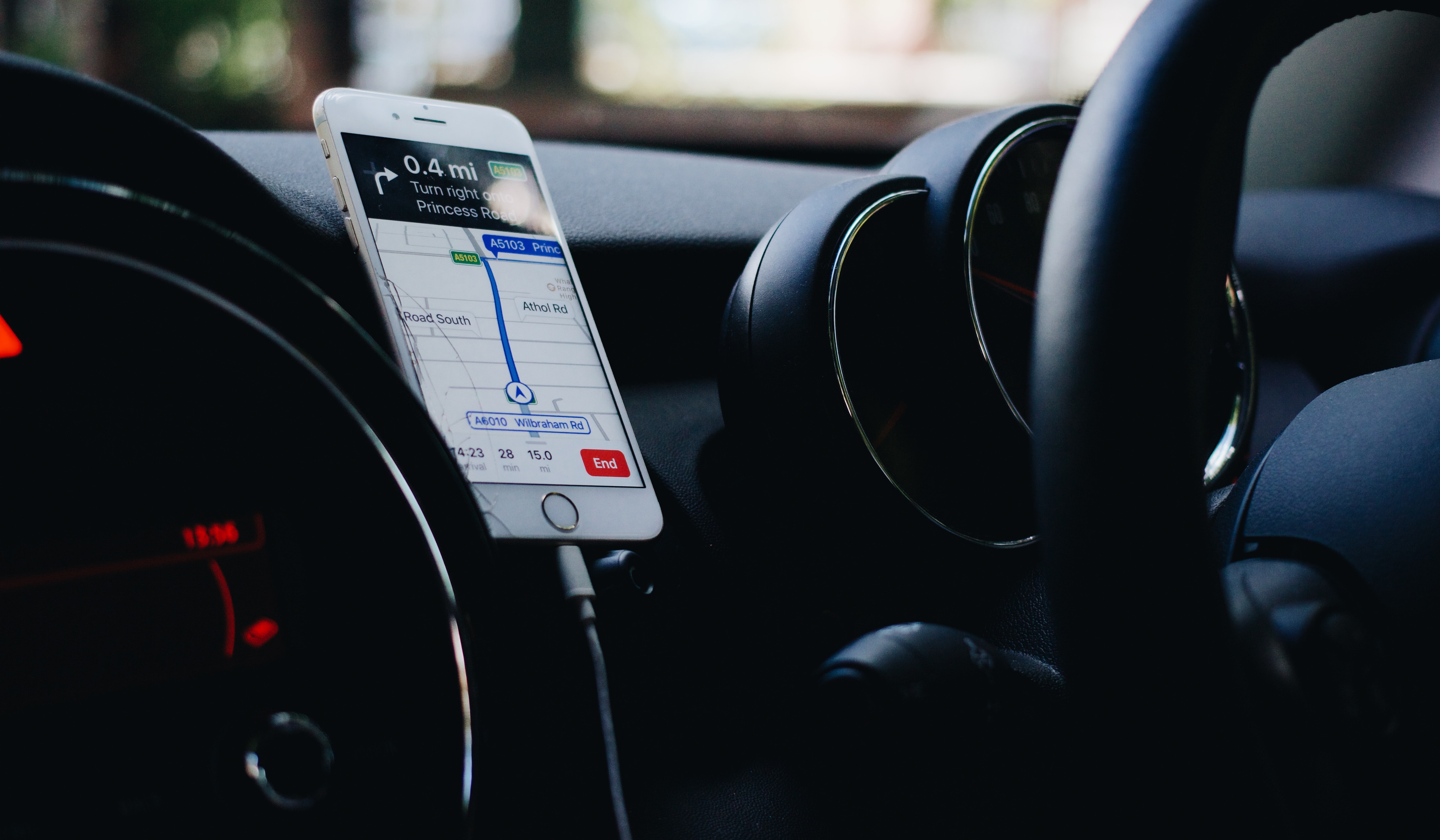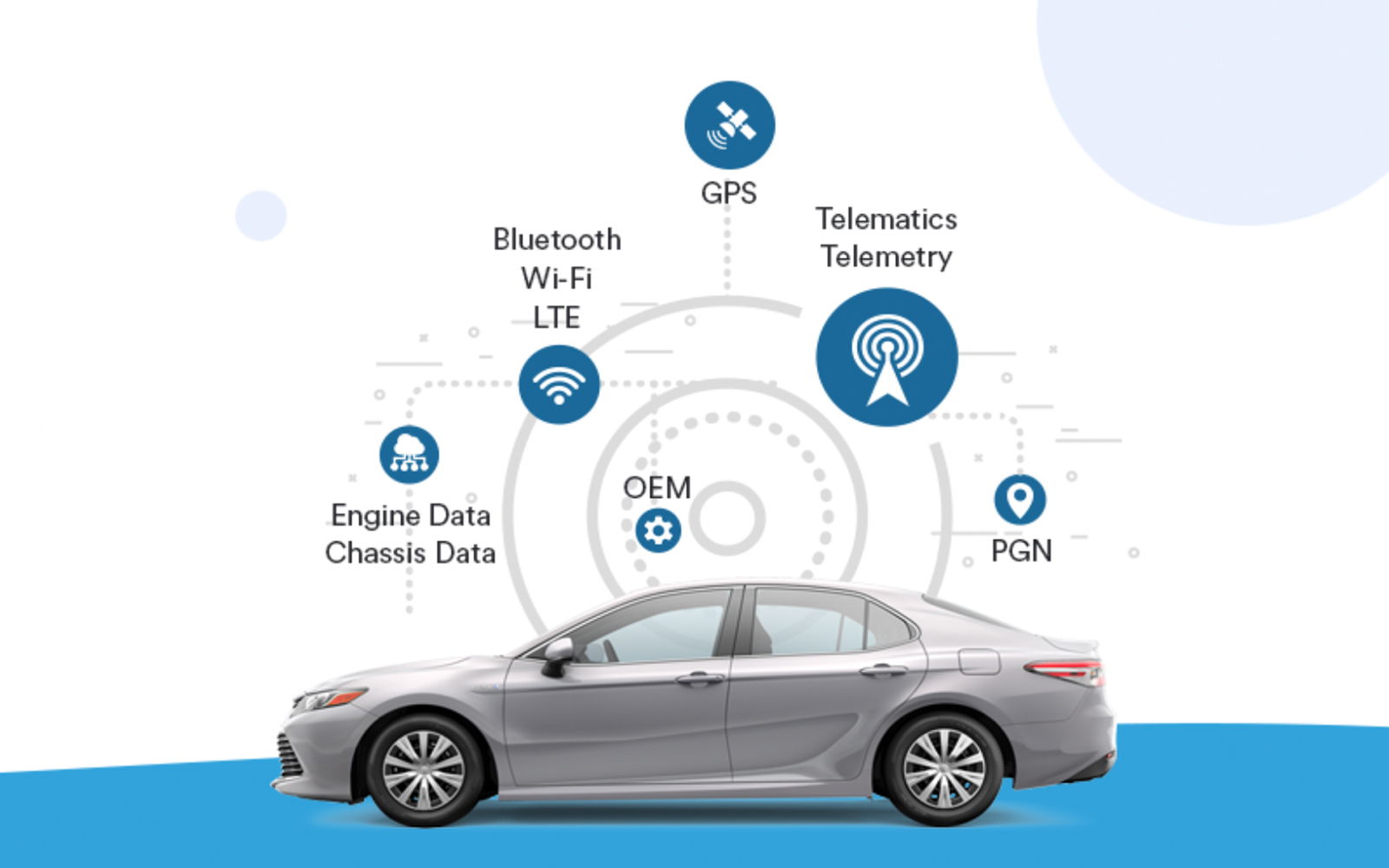Second generation: These were electronic and/or microprocessor-controlled, which were self-contained fuel island systems. They had an ID reader (card, key RFID etc.) and identified the driver and the vehicle. This fuel management system was connected to a computer and the report could be printed out.
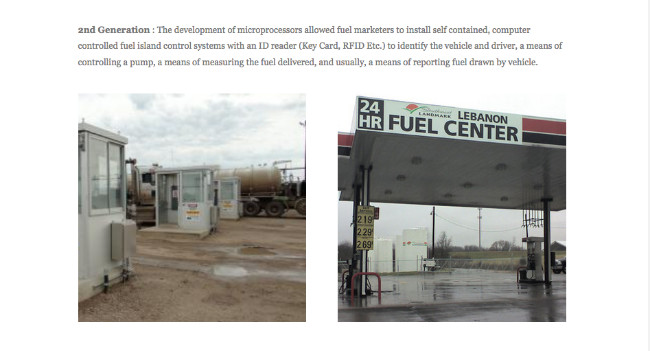
Third generation: Was another island control system, much like the 2nd generation. But they were fitted with a dial-up modem and the information could be sent electronically, without being directly connected to the PC.
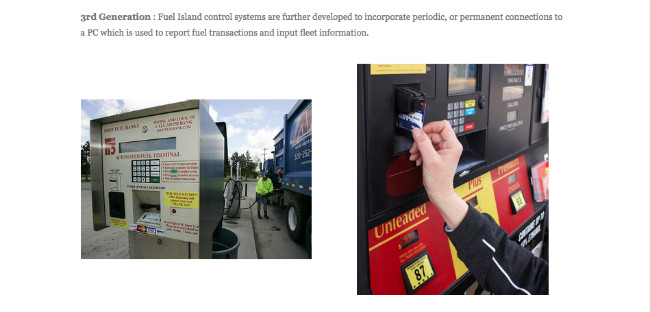
Fourth generation: The most current fuel management systems are very similar but the technology is much better, offers wireless real time updates and can support other operations as well.
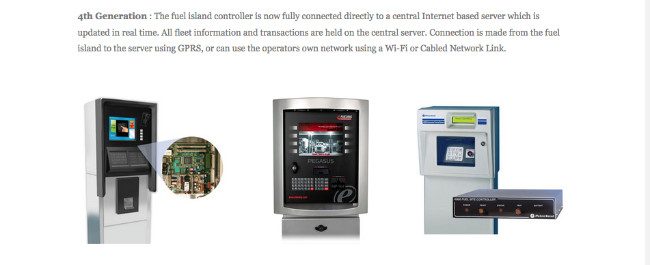
Currently there are numerous systems available on the market. Some are strictly gear towards the fuel and monitoring of it. Others offer much more, like mileage tracking, trailer tracking, vehicle operations, drive versus idle time and more.
So here, without further delay I am going to present you 10 examples of the various types available today. These are not the only fuel management systems on the market, but they are good examples of what is available.
